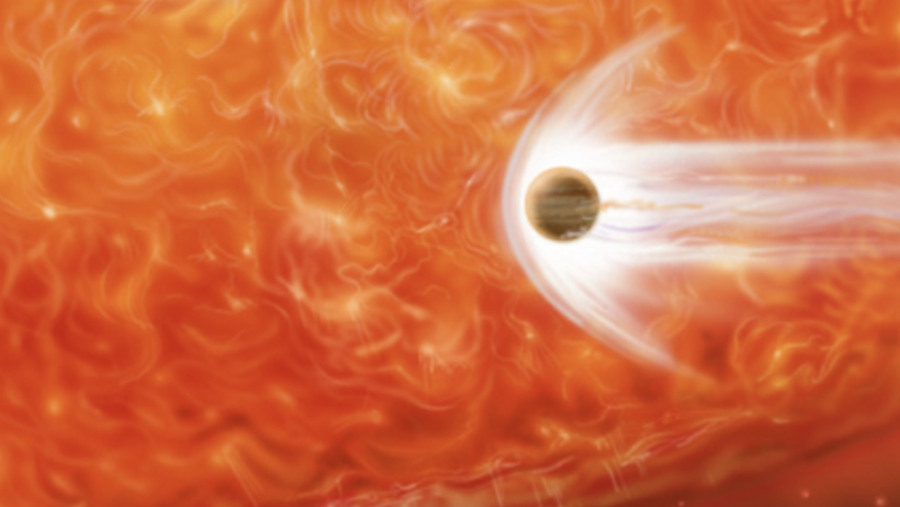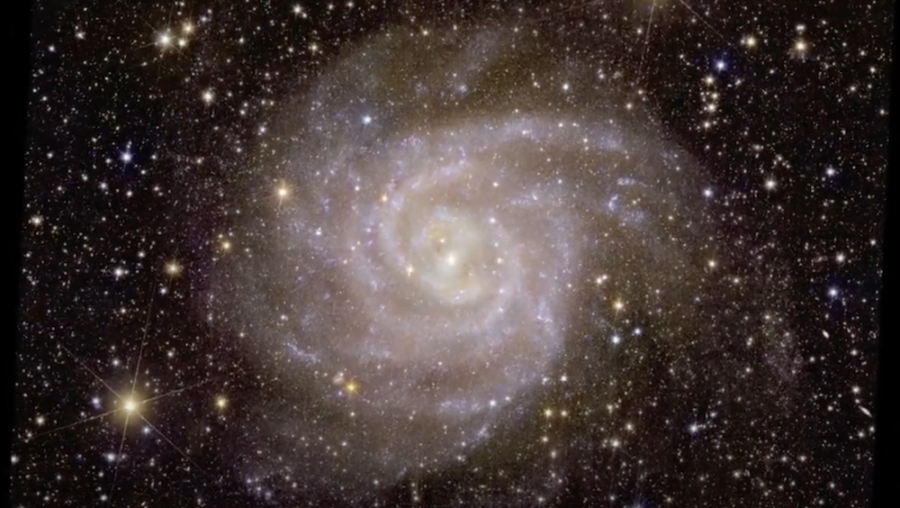NASA Reveals Weather On Planet Almost 300 Light Years Away

The achievement is breathtaking. NASA’s famous James Webb Space Telescope has successfully mapped the weather on a fiery gas-giant exoplanet, dubbed WASP-43 b (not a catchy name, but we’ll forgive it). If that was not cool enough, the far-off planet is nearly 280 light-years distant from our pale blue dot.
Atmospheric Analysis

Of course, the fascinating insights were obtained through impressive, state-of-the-art technology, alongside an international team of scientists. The relevant tech being precise brightness measurements stemming from the mid-infrared spectrum.
These light and color-based measurements were fused with uber-advanced 3D climate modeling alongside prior data from other telescopes. The result was an in-depth look at the atmospheric conditions governing this distant world.
To understand what NASA revealed about the weather on WASP-43 b, experts often describe it as “hot Jupiter.” The straight-to-the point description means the cosmic sphere is a type of exoplanet comparable in size to our solar system’s own Jupiter. However, this exoplanet retains significantly higher temperatures.
Proximity and Effects

The temperature different is because WASP-43b lies uncommonly close to its host star. With an orbit only 1.3 million miles away from its own Sun, far closer than Mercury is to our Sun, this proximity turns the exoplanet into a veritable inferno.
Additionally, WASP-43 is tidally locked, meaning that one side of the planet has no choice but to constantly face the star, thus receiving a never ending sun bath of perpetual daylight. While the whole other side is shrouded in eternal darkness.
Temperature Extremes

NASA’s groundbreaking research into the exoplanet’s weather reveals the dayside endures blistering temperatures, averaging about 2,300 degrees Fahrenheit (or 1,250 degrees Celsius). This temperature is indeed hot enough to melt iron. Somewhat contrasting this scorcher, the night side’s temperature drops to around half the dayside inferno, to nearly 1,100 degrees Fahrenheit (600 degrees Celsius). Dense clouds high in the alien sky help mitigate the infrared light.
Supersonic Winds And Chemistry

The telescope made other startling discoveries, especially about the planet’s high-speed equatorial winds. These gusts exceed 5,000 miles an hour, enabling a comparably speedy blend of atmospheric gases. Because of this sci-fi movie setting, namely the swift onslaught of supersonic winds, the planet’s hottest point shifts dramatically and unusually eastward.
Additionally, NASA’s James Webb Space Telescope permitted the team to evaluate, beyond the planet’s weather, the chemical composition of its atmosphere. The researchers learned that, although water vapor exists on either side of the planet (dayside or nightside) there is an odd lack of methane. According to conventional science, methane should be both stable and observable on the “cooler” night side.
Methane Mystery

A co-author of the research, Open University’s Joanna Barstow, voiced that the stirring lack of methane implies a frighteningly fast rate of atmospheric circulation. The rapid exchange of atmospheric gases prohibits methane from settling, unable to slow, the gas is rendered detectable. Meanwhile, the incredibly powerful winds and their mixture of mixed gases created a uniform atmospheric chemistry across the planet.
Spectacular Webb Telescope

Ultimately, while the NASA study advances fundamental insights into the dynamics of WASP-43 and exoplanet weather patterns generally, it also showcases the spectacular capabilities of the Webb Space Telescope. Part of Webb’s Early Release Science program, the observation offers robust, reliable data, enriching our understanding of our complex cosmos.
Source: NASA










